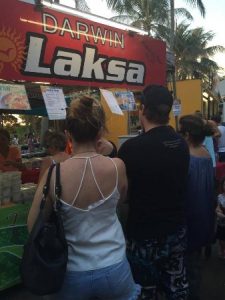Microbiology is not a Marvel comic strip: Not every bacteria is a superbug.
But it is normal.
The salmonella superbug was discovered in an infected cat after it was taken from a shelter to a Sydney vet last year with a suspected gut infection, ABC News reported.
The ‘highly transferrable’ bacteria is resistant to carbapenems- a life-saving drug used in Australian hospitals.
This rare drug resistance could pose a serious threat to public health, experts believe.
‘This is the first time that a salmonella strain with resistance to most drugs has been reported in any Australian domestic animal and it is a significant concern to public health, Dr Sam Abraham told the publication.
Mr Abraham led a study into the risks of the dangerous salmonella strain with a team of veterinary and medical researchers.
He describes the bacteria as a ‘superbug’ because it has picked up a piece of DNA that gives it ‘super powers or resistance to about nine classes of drugs that we usually use to treat humans and animals’.
The study led by Abraham has been accepted for publication in Scientific Reports.
So what? It’s not like other mortals can see it. Publication before press release. Otherwise, Cake has it covered (NSFV).
Same with the U.S. election.












